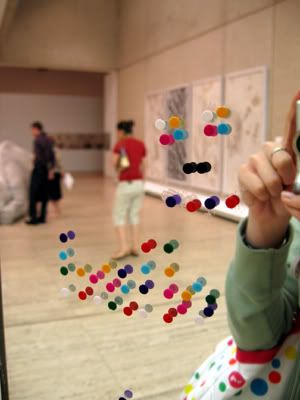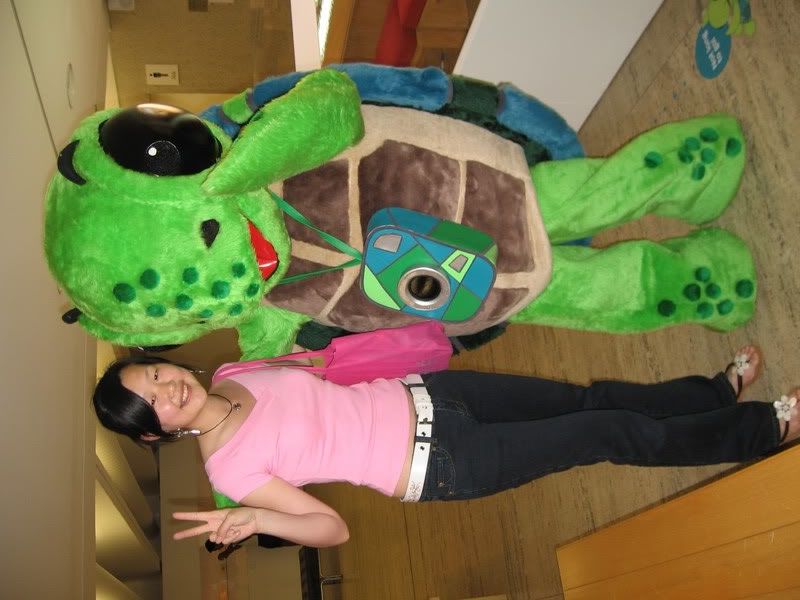• Not Indian when in India, not British when in Britian
• Her works starts with modern day clichés
• She often uses the forms of animals and nature in her artworks, usually turning them into strange objects, to act as warnings
• The elephant eyes are almost the same size as human eyes and therefore she uses elephant in her work
• She see the white elephants as spiritual animal
The skin Speaks a language not its own (2006)

• This work is about language and culture:
- The elephant is seen differently in different culture
- The idea of duality/double side of meaning
- E.g. the white elephants are meant for the king (especially in Thailand) but white elephants are seen as something bad in Western countries
• She took about 3 months to work on it
• Snake in to Indians is a symbol of fertility and also destruction
• The layer on bindis on the elephant sculpture are in the shape of a snake/sperm and it act as the texture of the elephant skin
• The stick-on bindis are bought from the market
• She feels that she is creating some contradiction in her work whereby she is giving life to something that is dying – the form and weight suggest death but the surface texture suggest life.
• The surface of this sculpture makes it irresistible to touch
• Bharti Kher usually gives character to her works and this elephant here is a she.
- It has no tusk
- She did a small elephant before she did this work, thus this work can be seen as the mother of the previous elephant (some of her works actually refers to past pieces and it sort of connect all her works together)
Never deny the other (2006)

• Initially wanted to use mirror but scared that it may drop
• She therefore changes to using aluminium sheets for this work
- Mirrors in India are usually stuck with old bindis at the end of the day
- The artist sees it as the residues or testament of the day (by looking at the bindi, it is as if we are looking at the person’s entire day)
- She was thinking about this when she was creating this panel of work

This is how the works are being displayed at APT 5.
***** Bharti Kher seldom displays her panel work and her sculpture together. She feels that the 2 works appeal to viewers in separate ways and displaying them together is too much of a re-affirmation. She feels that the 2 works appeal to to viewers in different ways.
*****************************************
Another interesting work that was not mentioned:

This structure here is sort of a 'station' for the kids to apply their free bindis on. A mirror is provided. I can't help but wonder if it is meant to be seen as a piece of art work or not. I find this piece very interesting. It especially shows what the artists had mention at the artist talk - Mirrors in India are usually stuck with old bindis at the end of the day. even though we can't see any old bindis on the mirror, we do see some interesting 'things' on the mirrror. (see image below)

I was laughing when i first saw this. Its so cute! But at the same time, it shows that people, be it children or adults, they actually like to stick their bindis on the mirrors! This dog looking image is only one of them. There are also some abstract designs pasted on the mirror and after seeing them, I feel that i can relate better to her panel work now.

No comments:
Post a Comment